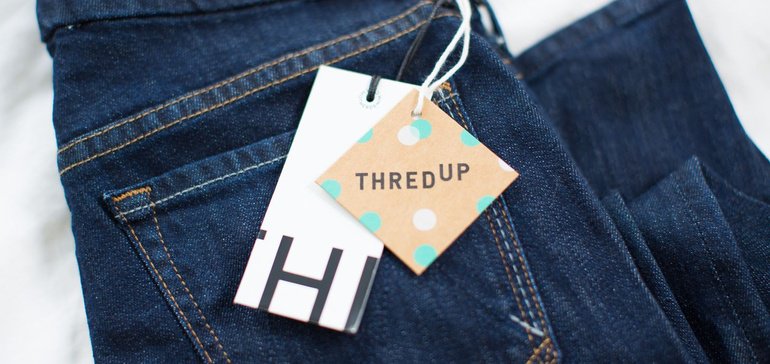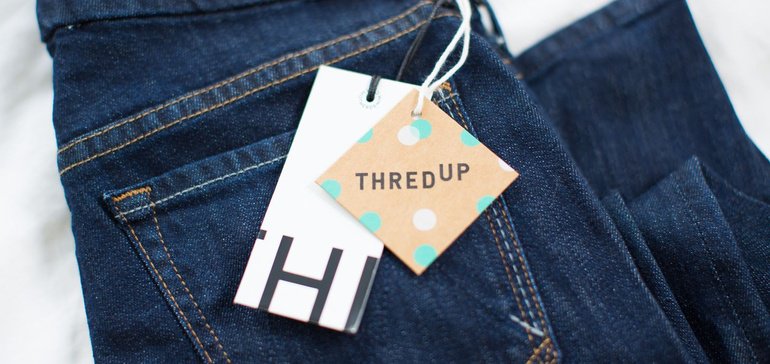
Dive Brief:
-
The resale market has grown 21 times faster than the retail apparel market over the past three years, and it’s projected to grow from a $24 billion market today to $51 billion by 2023, according to the latest annual resale report from online resale marketplace thredUP, which was emailed to Retail Dive.
-
Now, roughly 64% of women over 18 have bought or are now willing to buy secondhand products, according to the report, which also found that of secondhand shoppers, millennials (33%), and baby boomers (31%) make up the most of thrifters, compared with just 16% from Gen Z.
-
The report also found that the average number of items in a consumers’ closet is declining. In 2017 it was 164, in 2018 it was 147 and this year it’s projected to be 136.
Dive Insight:
One of the biggest fads to hit Americans’ closets this year was the Netflix hit show “Tidying Up with Marie Kondo,” which has made consumers think long and hard about the items in their home that “spark joy” and those that don’t. In direct response to the show’s debut, thredUP said it saw an 80% spike in Clean Out Kits. It’s unclear whether this trend is here to stay, but overall consumers are becoming increasingly conscious of the strain that clothing has on the environment and are opening up to the idea of rentals and secondhand apparel.
ThredUP is just one of the apparel companies that has profited off of the growing trend toward a circular economy. Luxury consigner The RealReal, peer-to-peer marketplace Poshmark, rental clothing service Rent the Runway and even Ikea’s new rental service also fill that gap. And more are considering joining the fold, according to the report, which noted that nearly nine in 10 retail executives want to get into resale by 2020. The top five motivators noted are: to boost revenue, for sustainability reasons, to increase customer loyalty, to add new customers and to increase store or site traffic.
That makes sense when you consider that last year 56 million women bought secondhand products, up from 44 million the year prior, per thredUP’s research.
More and more, consumers are also buying with the resale value in mind, according to the report, which also listed the top 10 brands with the overall best resale value. Those are: Frye, Kate Spade, Tory Burch, Burberry, Ugg, Anthropologie, Patagonia, Hunter, Lululemon and rag & bone. The report even found that specific items — like leather backpacks, crossbody bags, winter coats and leather boots — have the most resale value.
The report also highlights the growing environmental consciousness in consumers. Overall, shoppers are buying twice as much clothing and wearing it half as long — which leads to an incredible amount of waste. For instance, the equivalent of one garbage truck of textiles is thrown into a landfill or incinerated every second, according to the report. But more consumers are demanding that retailers use more sustainable practices. Last year, 72% of consumers surveyed for the report said they prefer to buy from environmentally friendly brands, that’s up from 57% in 2013.

